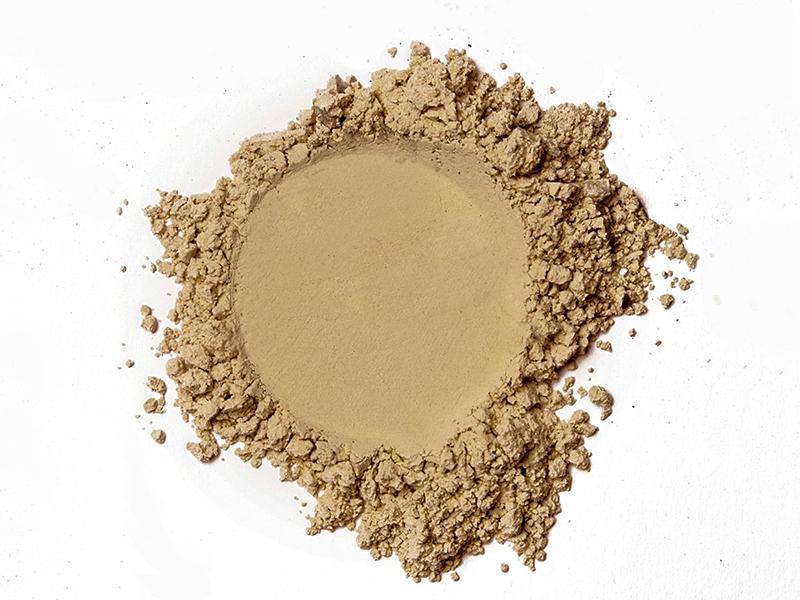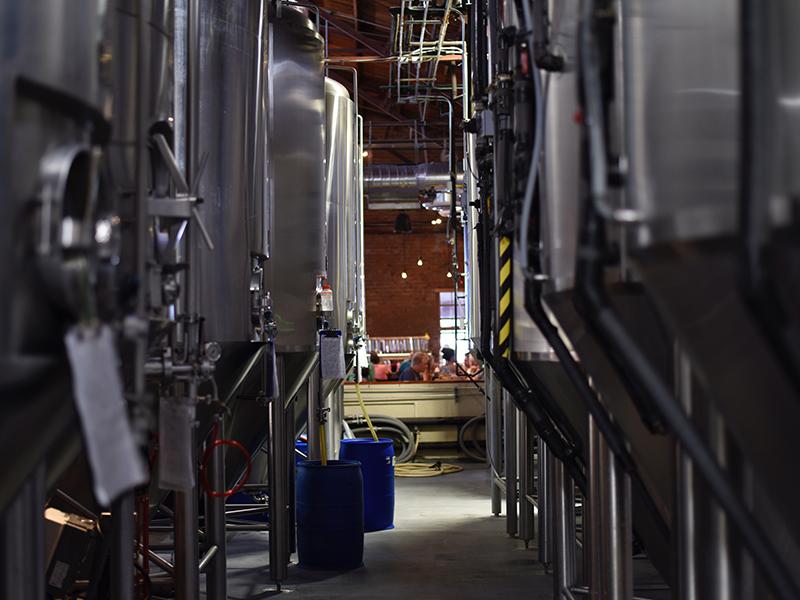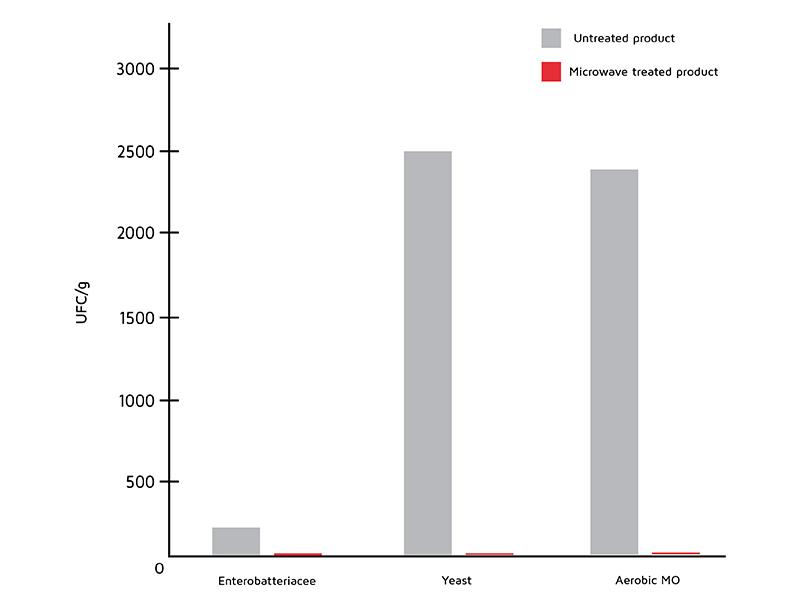Food powder decontamination
As most of the food ingredients in the food industry, powders can be contaminated by microorganism like molds, or bacteria, which could result in safety and quality concerns for industrials and consumers. Discover how to overcome this issue with our microwave and radio frequency solutions.
The challenges of food powder decontamination
As a finished product or integrated into preparations as ingredients, food powders are widely used in the food industry. Commonly used food powders include plant powders, flours and spices, for example. Food powder is a dry product which is therefore not particularly concerned by mold. However, an improperly processed food powder can develop pathogenic agents. To prevent the development of these pathogens and reduce the microbial load, the food powder must undergo a decontamination process in order to be fit for consumption.
However, it is known that microorganisms in low moisture products can survive for long periods of time, especially Salmonella. These micro-organisms are well adapted to products with a low water content, which makes their decontamination difficult. It is therefore essential to have rigorous and effective food processing to limit risks and ensure optimal food safety.
Food safety issues are crucial for consumers who are end users, but also for manufacturers who are responsible in the event of epidemics or serious poisoning of microbial origin.

More or less effective methods of decontaminating food powders
Heat treatment of food powders is an effective technique to overcome microbes and pathogens present in the food product. This technique is the most widespread in the food industry for the decontamination of food and in particular food powders.
There are several methods of decontamination and debacterisation by heat treatment. However, not all of them preserve the organoleptic properties of food equally well : some methods may alter the color, taste, odor or texture of food.
During heat treatment of food powder, a too low temperature does not allow effective decontamination, while a too high temperature will denature the product and affect its organoleptic properties.

Microwave decontamination of food powder
Traditional sanitizing methods tend to increase moisture levels. Besides, these processes can change the organoleptic properties of the product treated.
As a safe thermal and organic compatible treatment, microwaves and radio frequency can be seen as the future of decontamination. It is a quick, and homogeneous process that allows a very precise temperature control to preserve the organoleptic properties, color and texture.

An effective solution
A client wanted to decontaminate tulsi powder to use it in its end products in the food and cosmetic industry.
The tulsi powder was treated in batch and heated for only a few minutes. Following microwave heat decontamination of the food powder, the microbial load in tulsi was drastically reduced to offer a totally safe food product. Here are the results of our microwave heat technology on the tulsi powder.

Key benefits
Microwave and radio frequency heat treatment offers significant advantages in the process of decontaminating food powders. Here are a few key benefit of this heating treatment:
- Heating homogeneity
- Preserved organoleptic properties
- No chemicals
- Fast, repeatable and organic compatible process
- Fully electric solutions : reduced CO2 footprint
